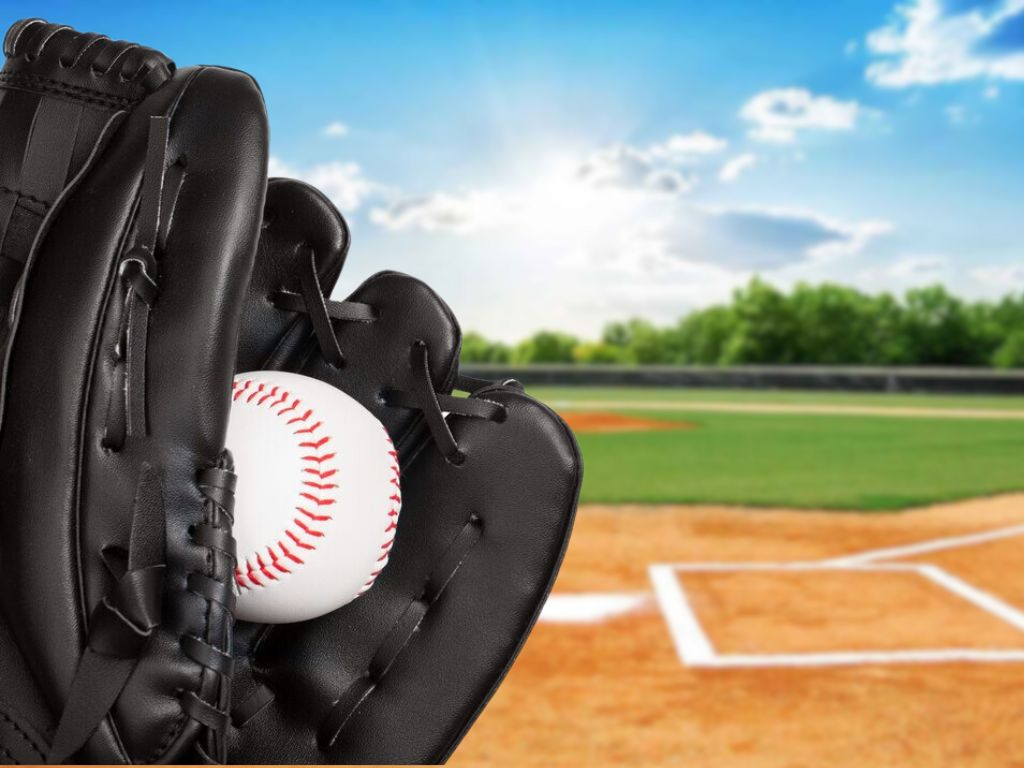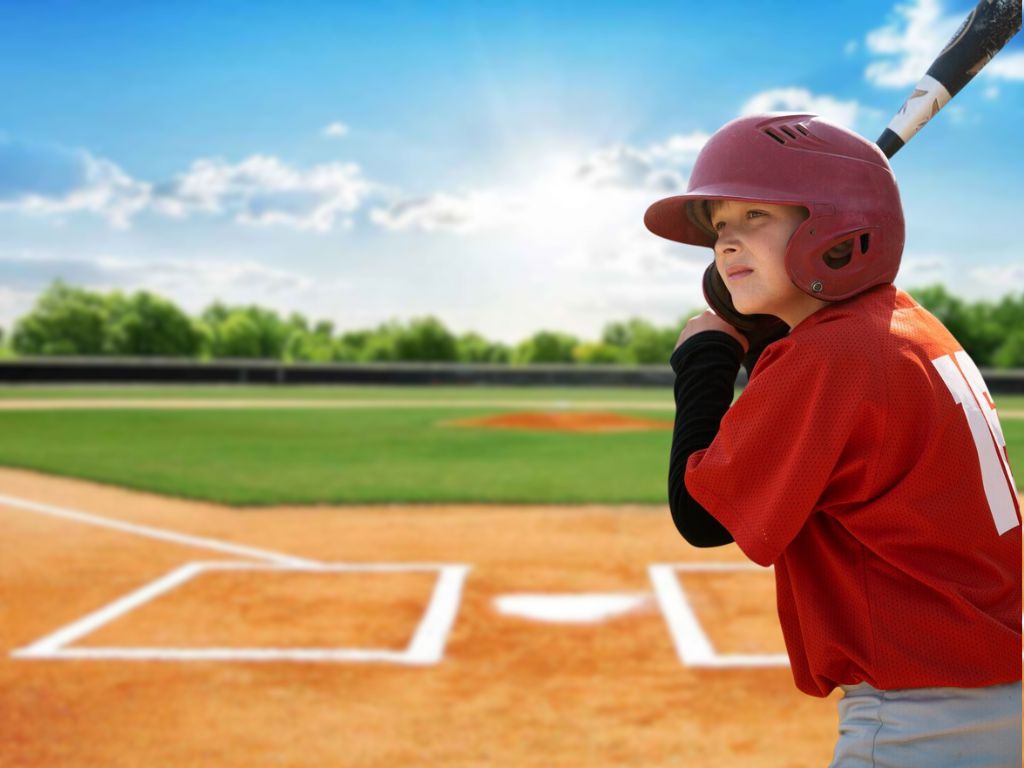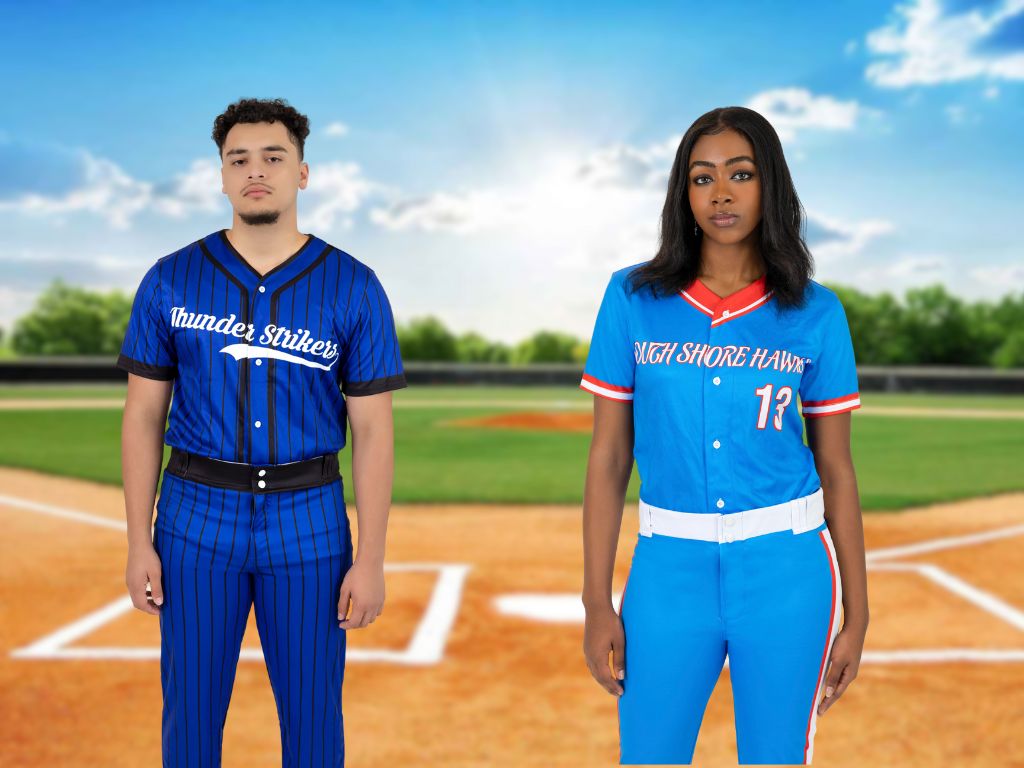Starting a new baseball team is an exciting endeavor, whether you’re a coach, a parent, or a player. Ensuring that your team has the right equipment can make a significant difference in both performance and enjoyment of the game. This sport requires some essential gear to play properly and safely.
From the basic necessities to some additional extras that can enhance your team’s playing experience, knowing what to invest in is crucial. If you’re wondering where to get high-quality gear, starting with a durable Baseball jersey is a good step.
Essential Gear for Every Player
Baseball can feel like an equipment-heavy sport. It is a game requiring hand-eye coordination. Every player on the baseball field needs a set of core equipment to participate safely and effectively. This section will cover the indispensable items that every player should have, from the classic glove and bat to protective helmets and appropriate footwear.
Gloves: Catching the Basics

A baseball glove is the most personalized piece of equipment a player will own. It varies significantly depending on the position played. Outfielders typically use larger gloves with deeper pockets to help catch fly balls, while infielders need smaller, lighter gloves for quick ball retrieval and fast throws. Catchers use specially designed mitts that provide extra padding to withstand the speed and frequency of pitches.
In the 1870s, players caught balls with their bare hands, and the first gloves introduced were simple leather gloves with no webbing or extra padding. Today, they are tailored to specific positions with intricate designs and custom fits, showing how safety and performance priorities have evolved in the sport.
Bats: Choosing the Right One
Selecting the right bat is crucial as it directly affects a player’s hitting ability. Bats come in various sizes and materials, with regulations often varying by league regarding what can be used. Factors like length, weight, and material (wood versus aluminum) play significant roles in a player’s comfort and performance at the plate.
Modern baseball bats are a far cry from the simple wooden bats used in the early days of baseball. Today, bats are made from various materials, including aluminum and composite materials, which are designed to enhance performance by reducing weight and increasing power.
High-tech engineering in bats can also reduce vibration and increase the sweet spot’s size, making it easier to hit the ball effectively.
Helmets: Safety First
Helmets are non-negotiable in baseball due to the high speeds at which balls are pitched and hit. A proper helmet should fit snugly but comfortably, offering protection without impairing visibility. It’s also essential to ensure that the helmet meets league safety standards to provide adequate protection.
Cleats: Gaining Traction
Cleats provide the necessary traction on the field, crucial for running bases and fielding. They come in various styles, including metal and molded options, and the choice often depends on league rules and personal preference for comfort and performance.
Protective Gear: Essential for Safety

Additional protective gear is crucial, especially for catchers and batters. This includes chest protectors, shin guards, and catcher’s mitts for catchers, as well as batting gloves and elbow or shin guards for hitters. Protective cups are also essential for all male players to prevent serious injuries.
Additional Gear for Enhanced Performance
Beyond the essentials, several items can enhance a player’s experience and performance on the field. These extras aren’t strictly necessary but can be beneficial for training and gameplay.
Training Aids
Training aids like swing analyzers, pitching machines, and rebound nets can help players improve their skills during practice. These tools offer feedback and consistent practice opportunities, allowing players to develop their abilities more effectively.
High-Tech Equipment
Modern technology has introduced high-tech equipment like electronic strike zones and radar guns to measure pitch speed. These tools are more commonly used in training scenarios but can be valuable for coaches who want to provide professional-level training experiences.
First Aid Kits
A well-stocked first aid kit is essential for any sports team. Baseball can lead to injuries, from minor scrapes and bruises to more serious incidents. Having medical supplies on hand ensures that minor injuries can be addressed immediately and safely.
Hydration and Nutrition
Proper hydration and nutrition are crucial, especially during long games and tournaments. Equipping your team with water bottles and perhaps even portable coolers for drinks and healthy snacks can keep players energized and hydrated.
Team Uniforms and Spirit Gear

While not part of the physical game, team uniforms, and spirit gear like caps, team jackets, and customized socks can boost team morale and unity. They create a professional appearance and can foster team spirit.
Storage Solutions
With all this gear, having an organized way to store and transport it is crucial. Quality bat bags, helmet racks, and uniform lockers help keep equipment safe and organized, making it easier for players to manage their gear and prepare for games.
Conclusion
Equipping a new baseball team involves much more than gathering a group of players; it requires careful consideration of the gear necessary to ensure safety, optimize performance, and enhance the overall enjoyment of the game.
By investing wisely in essential items such as gloves, bats, helmets, and cleats, a team can lay a strong foundation for effective training and competitive play. Moreover, additional equipment such as advanced training aids and protective gear can significantly improve the players’ skills and safety, respectively.
However, the importance of non-physical elements like team uniforms and spirit gear should not be underestimated, as these contribute to team identity and morale, fostering a sense of unity and pride among players.
Furthermore, practical solutions for gear storage and transportation are crucial for maintaining an organized and efficient environment, ensuring that practice sessions and games proceed smoothly.
Ultimately, the success of a baseball team is not solely measured by wins and losses but also by the quality of the experiences it provides to its players. A well-equipped team where members feel valued and protected is more likely to display resilience and sportsmanship, regardless of the game’s outcome.
Thus, thoughtful investment in both essential and supplementary baseball gear not only prepares a team for the physical demands of the sport but also builds a cohesive, spirited community ready to face any challenge on and off the field.

